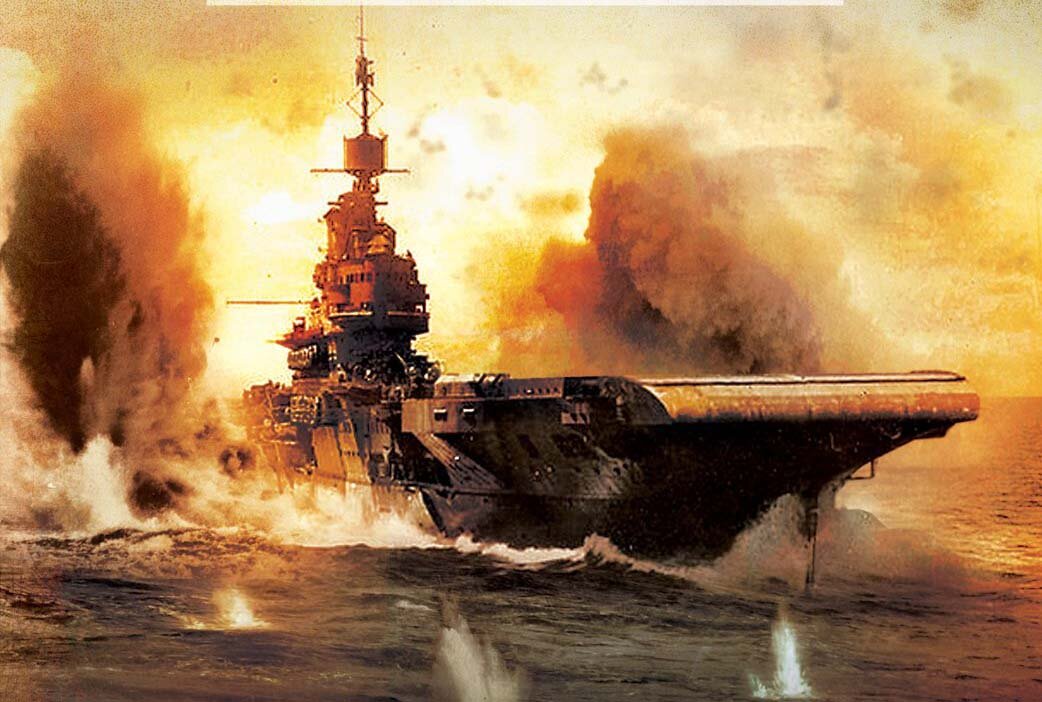Admiral Beez
Major
This thread on the Spitfire vs. Hurricane got me thinking, which was the better single seat, monoplane carrier fighter? Unlike the eight gun Sea Hurricane, the Seafire from the onset had 20 mm cannons in addition to its mgs. But look at how a Sea Hurricane lands without drama, which compared to the Seafire's prangs must have allowed a greater turnaround time, less repairs and outright losses.
Of course the later Seafire Mk.III got folding wings whilst the Sea Hurricane got beached. I have to wonder if a necessarily-heavier folding wing Sea Hurricane would have been feasible and competitive into 1942 with the Seafire Mk.III's Rolls-Royce Merlin 55.
Of course the later Seafire Mk.III got folding wings whilst the Sea Hurricane got beached. I have to wonder if a necessarily-heavier folding wing Sea Hurricane would have been feasible and competitive into 1942 with the Seafire Mk.III's Rolls-Royce Merlin 55.
Last edited:

